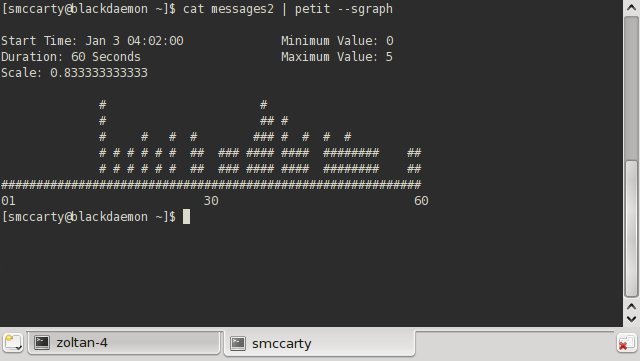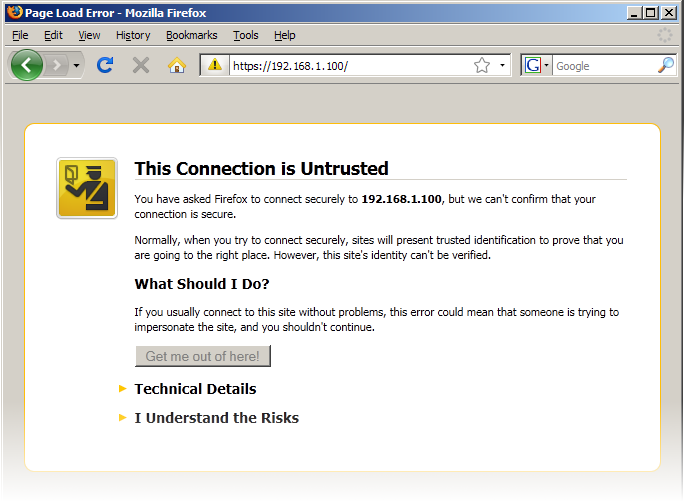

Obvious for security reasons you can’t to do this remotely, but it is pretty easy to do if you have physical access.įirst, reboot the system and interrupt the grub bootloader that looks like this by pressing ‘e’. Restart the Kaspersky Security Center 12 iOS MDM Server service.From time to time I am asked how to set reset the root password on a Linux server when you get locked out.2-SSL v3 is disabled (TLS 1.0, TLS 1.1, TLS 1.2 are allowed).Create a key with the StrictSslSettings name.HKEY_LOCAL_MACHINE\SOFTWARE\Wow6432Node\KasperskyLab\Components\34\Connectors\KLIOSMDM\1.0.0.0\Conset Open the system registry of the client device that has iOS MDM Server installed (for example, locally, using the regedit command in the Start → Run menu).

To configure allowed encryption protocols and cipher suites on the iOS MDM Server: The connection between the iOS devices and the iOS MDM Server is encrypted default. Restart the following Kaspersky Security Center 12 services:.2-SSL v2 and SSL v3 are disabled (default value).0-All of the supported encryption protocols and cipher suites are enabled.Klscflag -fset -pv ".core/.independent" -s Transport -n SrvUseStrictSslSettings -v -t d Enter the following command at the Windows command prompt, using administrator rights: Use the klscflag utility to configure allowed encryption protocols and cipher suites on the Administration Server.To configure allowed encryption protocols and cipher suites on the Administration Server: Kaspersky specialists recommend to use certificates issued by trusted certificate authorities. Additional configuration of the iOS devices is not required. Kaspersky Security Center uses a self-signed certificates. You can select encryption protocol and cipher suites. Kaspersky Security Center supports SSL v3 as well as Transport Layer Security (TLS v1.0, 1.1, and 1.2). You can enable SSL/TLS on Administration Server and iOS MDM Server. To fix vulnerabilities on your organization's corporate network, you can enable traffic encryption using SSL/TLS.


 0 kommentar(er)
0 kommentar(er)
